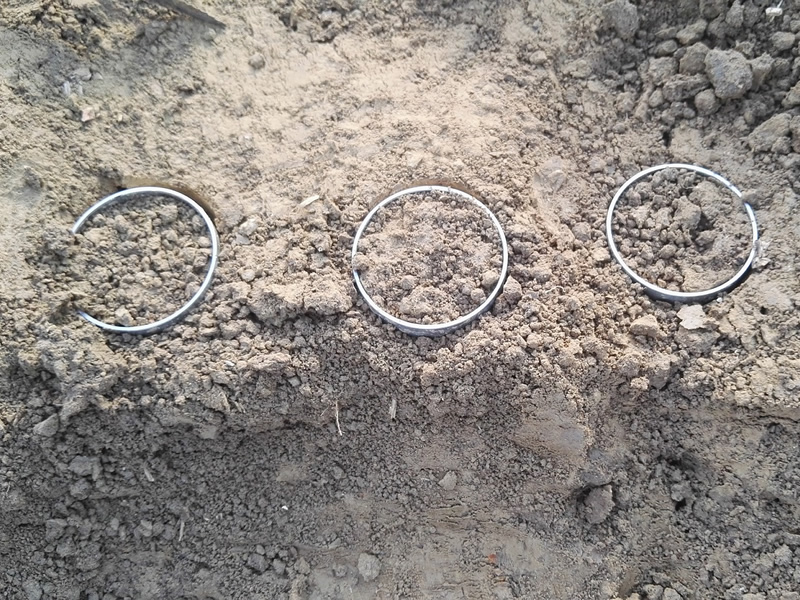Agricola 2000 conducts residue studies on crops to supply the companies with the information necessary to register their products and ensure food safety.
The location and the equipment adopted follow the Good Laboratory Practices (GLP) to guarantee the quality of the processes and the conditions under which the non-clinical studies on safety for human health and the environment are planned, conducted, monitored, registered, reported and archived . Furthermore, to ensure optimal conditions and the preservation of the studies, the samples are constantly monitored, both during stocking and their transfer to the laboratories.
As for the other services, Agricola 2000 offers the possibility to conduct multisite studies, both in Italy and Spain. The areas of interest are diligently selected to offer more complete studies thanks to the variety of crops available and commercial opportunities in the regions of the field of the highest interest.
Among the studies conducted on the products are:
BEHAVIOR in SOIL, AIR, WATER
Accumulation or dissipation of an active ingredient in field conditions
- Analysis at different depths (up to one meter)
- Possibility to conduct trials even in flooded paddy fields with water analysis

















CROP ROTATION AND SUBSTITUTION
Accumulation of the product in rotated crops through soil absorption
- Crop selection and representative agronomic practices
- Crops that are usually sowed or transplanted at definite intervals after application: root or tuber crops, leaf crops, fruit crops, cereals or leguminous plants for human use
PROCESSING
Quantity of residue transferred from the product harvested from the field to the processed product ready to consume.
- Different transformed matrices
- Possibility of intermediate samples between the different processing phases and samples of potential sub-products
- Micro-vinification
















DISLODGEABLE FOLIAR RESIDUE (DFR)
Residue that can be removed by cleansing with surfactant solutions
- Calculation of dissipation rate
- Assessment of environmental impact
- Estimate of potential exposure for the operators that routinely work manually on the crop
OPERATOR EXPOSURE AND RE-ENTRY TIME
In-depth study in the field on the health risks and the legal implications related to exposure during use of the products
- Identification of a safe interval of re-entry for the operators in different scenarios for the activities in open fields (pruning, thinning out vineyards or orchards) or activities in greenhouses (harvesting, tying, pollinating)
- Evaluation of workers’ contamination while executing typical operations related to mixing, loading and distributing phytosanitary products.
- Logistic support for other test facilities


